Born in southern China, and specifically in the Guangdong province, dim sum is now an essential aspect of Chinese meal culture.
Whether you’re in a Hong Kong tea-house or a back alley restaurant in Guangzhou, trying out these small, savory morsels is an experience that’s not to be missed while in China.
In this post, we’re going to explore everything you need to know about dim sum, including what to eat, and how to eat it, so that you can dive into these steamy snacks like a pro.
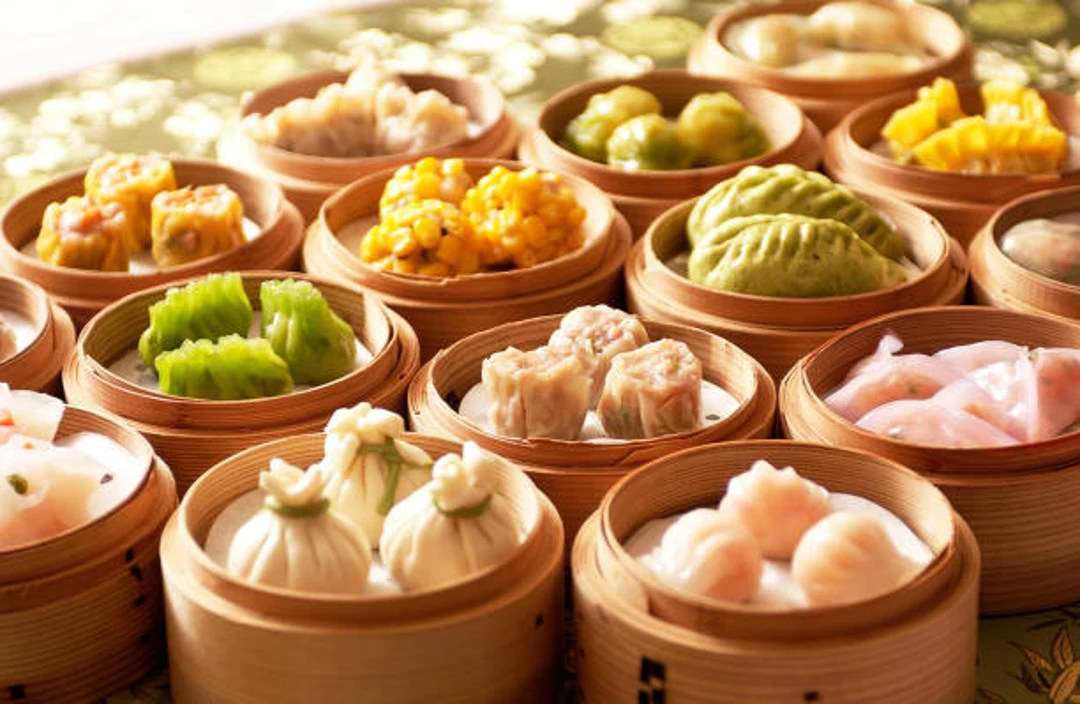
The Culture Behind Dim Sum
Named for its literal translation, “touch the heart,” there’s something heartwarming about dim sum. It’s not only a meal but a social activity that is closely intertwined with Yum Cha (“drinking tea”).
Going out for dim sum is a long-held practice in Chinese society; it’s very much a weekend morning custom, an event during which people can get together and drink tea and talk life.
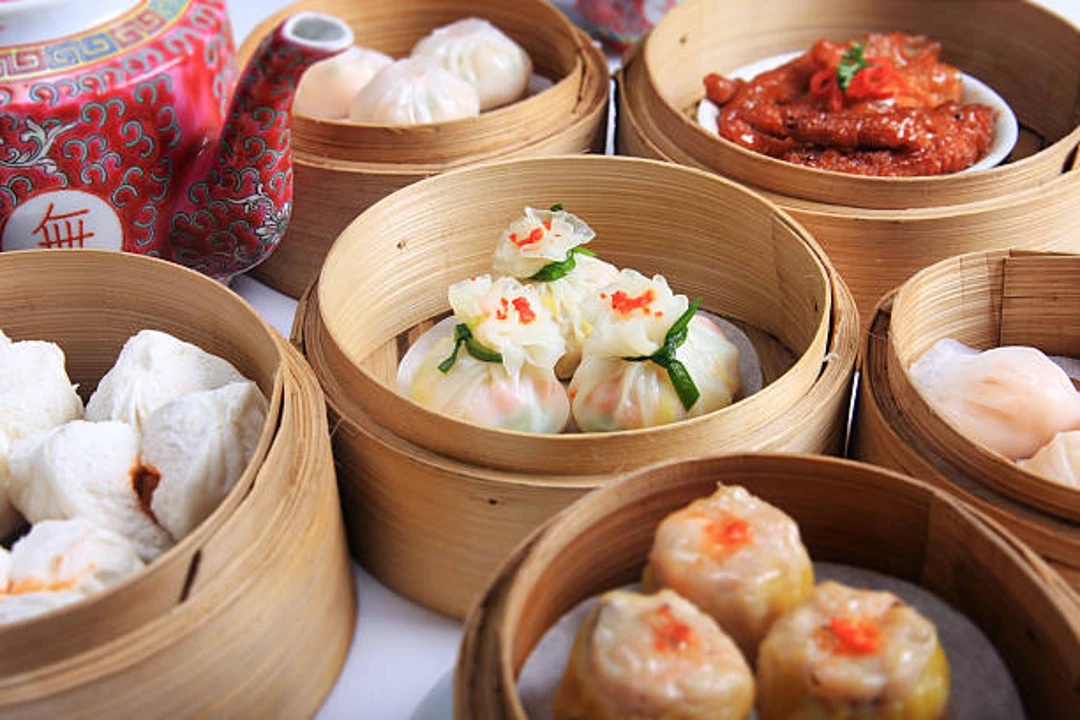
And then imagine teahouses bustling with chatter and the clinking of clay tea cups.
These are happy places, where it’s common to share a table with someone you don’t know, someone who may just turn into an acquaintance by the end of the meal, after you’ve shared a stack of bamboo steamers brimming with dumplings.
Dim sum — not just a meal but an experience that hugs your heart.
Must-Try Dim Sum Dishes
Steamed Delights
If you like shrimp, you won’t want to miss Har Gow. These shrimp dumplings are almost transparent with an incredibly thin wrapper that lets you see the pink shrimp inside. They’re little packets of juicy goodness.
Siu Mai are round and open with pork and shrimp and sometimes come with a little crab roe or pea on top.
And, for sure, try Char Siu Bao, sweet BBQ pork-filled fluffy buns. Sweet and savory never tasted so good.
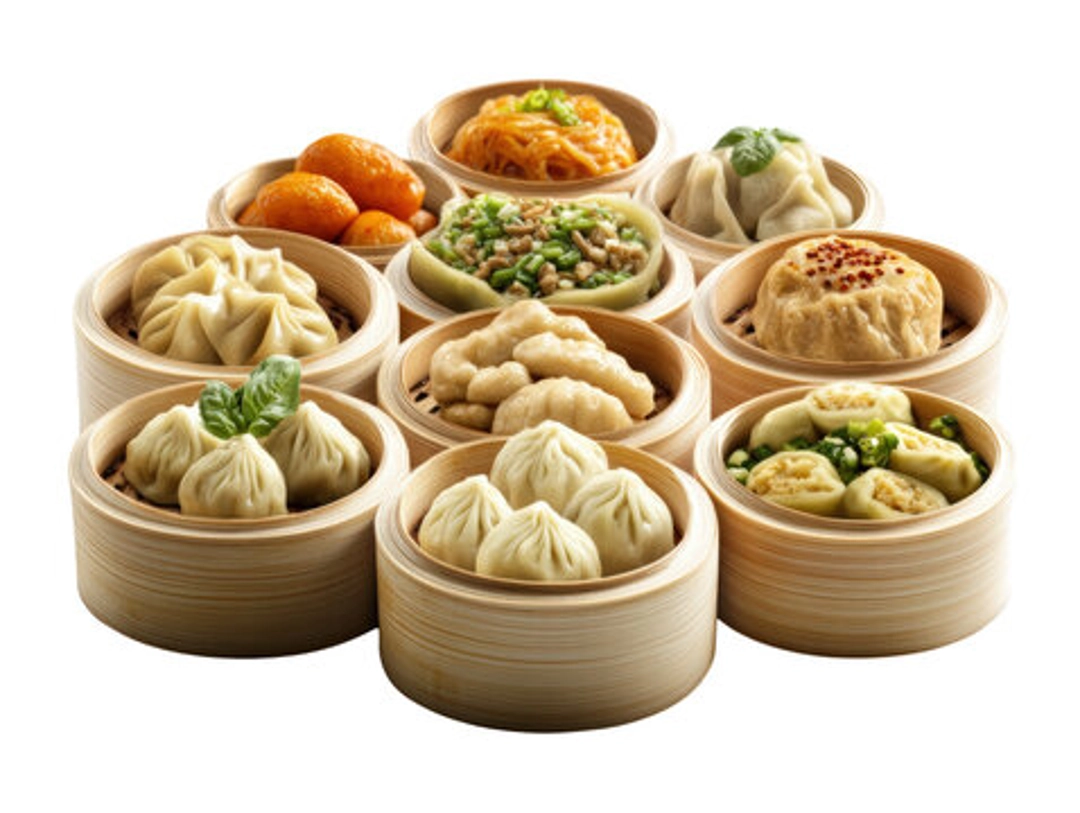
Fried & Baked Favorites
Nothing beats a crispy bite and that’s just what Spring Rolls provide.
The golden, paper-thin rolls come filled with a blend of crispy vegetables, and often shrimp or pork. Egg Tarts, with their flaky, cookie-like crust and dreamy custard filling, are a delight.
Baked BBQ Pork Buns are a fun variation of the standard soft bun—these are topped with a sweet, shiny glaze and contain mouthwatering BBQ pork on the inside.
Rice & Noodle Dishes
Cheung Fun, a type of rice noodle roll, is silky-soft and either filled with beef, shrimp, or BBQ pork, or simply covered in soy sauce. They are soft and delicious.
Also try the Sticky Rice in Lotus Leaf — chicken and mushrooms mixed with sticky rice are wrapped in a lotus leaf and steamed into a tasty parcel.
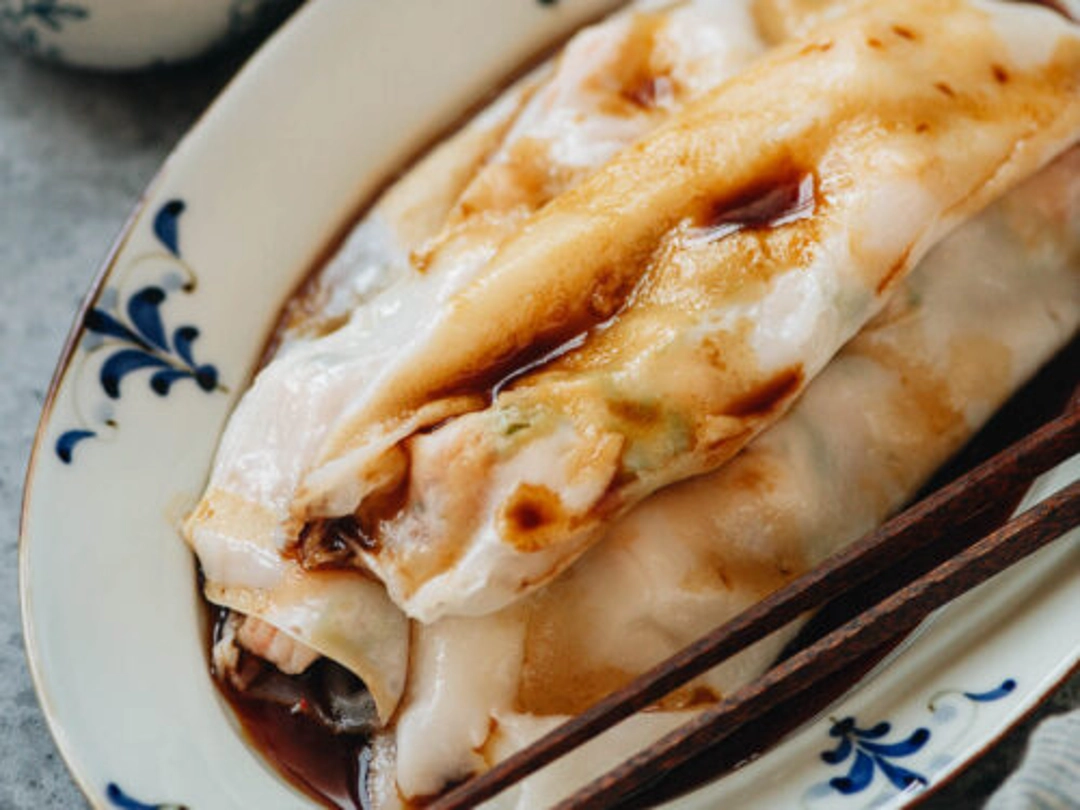
Sweet Treats
Sesame Balls are unique with their crispy exterior and chewy interior, rarely failing to contain a sweet filling made of bean paste.
Mango Pudding is a cool, creamy dessert full of tropical flavor.
And finally, Steamed Custard Buns couldn’t be better. Soft and fluffy, these buns are stuffed with sweet, warm custardy goodness that spills out while you eat. It’s the best way to end a dim sum meal.
How to Order and Eat Dim Sum Like a Local
Being in a dim sum restaurant is like exploring a labyrinth of flavors. There are two types: cart service and order from the menu.
During cart service, waitstaff roam around with dim sum dishes on carts that you can just point and choose from, essentially creating a personal buffet (yum!).
At order-from-the-menu places, you just check off what you desire on a paper menu that usually doubles as a dim sum “menu.”
If it’s your first time, go with friends or family. Share the experience and the food. Don’t forget the dipping sauces either!
Soy sauce, vinegar, and chilies are critical to some dishes. And the tea — definitely drink that as well!
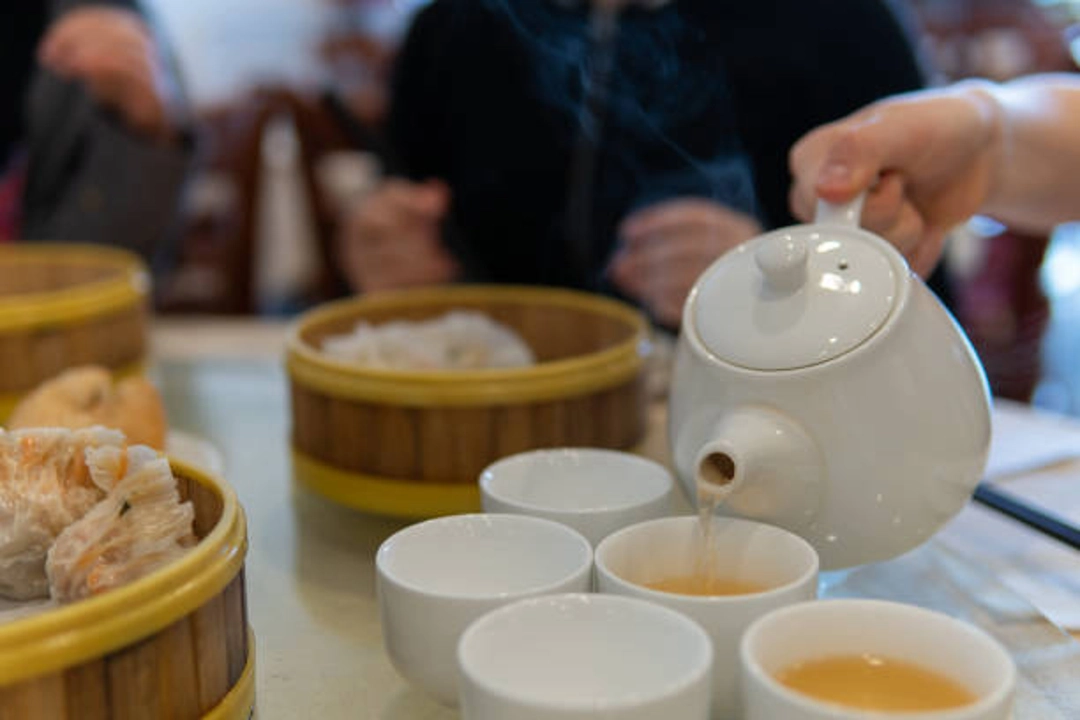
Not sure how to order? Don’t stress. If your restaurant has a cart, feel free to be adventurous and step out of your comfort zone. If you’re not sure about a dish, ask your server to explain it.
And remember, stay cool and enjoy the experience of eating as a group!
Best Places to Try Dim Sum in China
Hong Kong
Hong Kong is the capital of dim sum! If you’re in a Michelin-star mood, don’t miss Tim Ho Wan. Its succulent dim sum has made it a favorite among both locals and visitors.
For a more authentic experience, wander around the local teashops. They all provide a different atmosphere that will transport you back to the vibrant world of traditional dim sum.
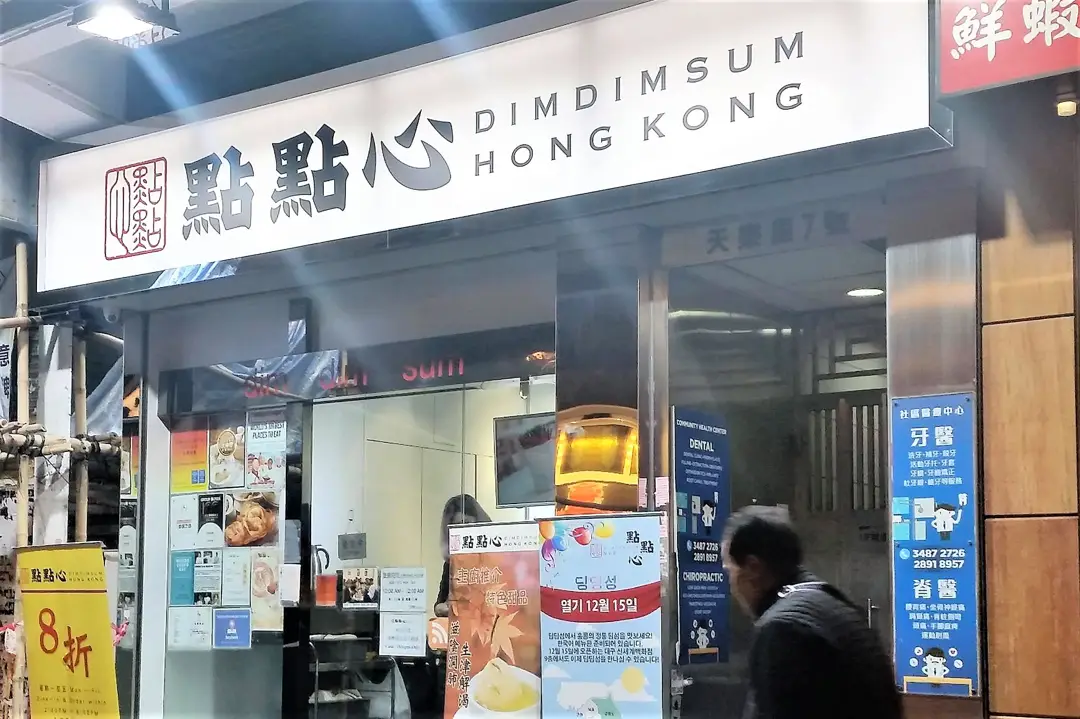
Guangzhou
Welcome to the home of dim sum! This is ground zero for that delicious cuisine, and the city definitely boasts a long history of the dish.
Try to make it to some of the oldest teahouses that have been serving up dim sum for centuries. It’s just an amazing place where old meets new in a glorious mix of history and taste that you won’t forget.
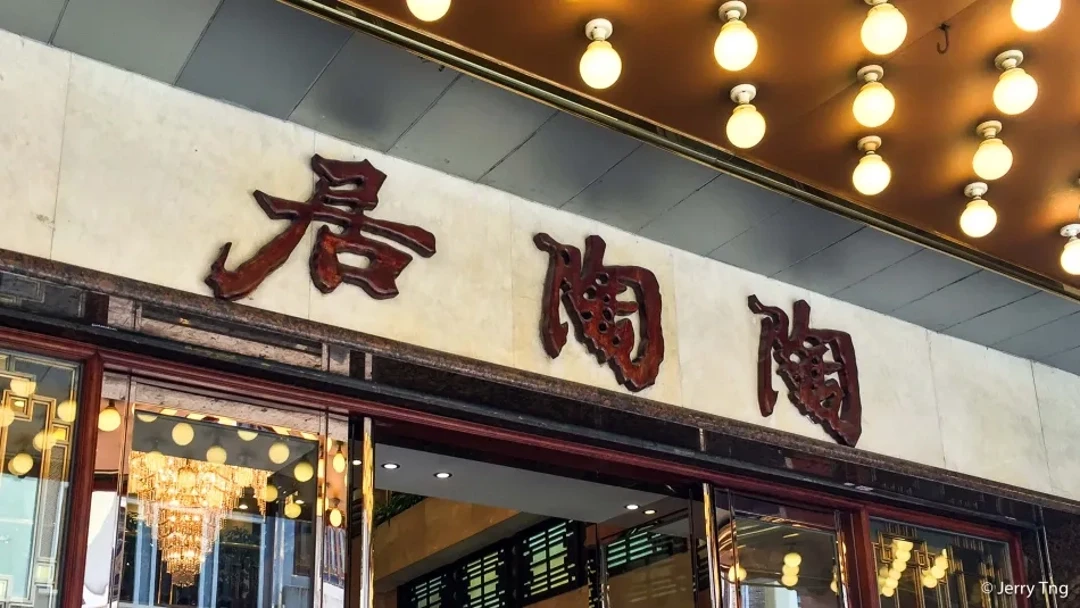
Shanghai & Beijing
In Shanghai and Beijing you can see a modernized version of dim sum, with lots of upscale restaurants and renowned chains that offer the traditional dishes with a regional twist, turning an old specialty into something new and exciting by using local ingredients.
It’s basically very elegant and very cool food, and it’s a charming little culinary adventure, but something at the same time that both locals and travelers can enjoy.
Tips for Travelers
When scheduling your dim sum outing, your best bet is to go late-morning and also avoid peak times to avoid the lines. Better still if you can go on a weekday, as locals really pack the places on weekends.
Then you can sit back, relax, and enjoy the meal!
1. Go early for the best experience
Since dim sum is typically more of a morning or brunch thing, teahouses fill up quickly, especially on the weekends so, hit the place early! You’ll also get the freshest food as it comes hot from the kitchen.
2. Don’t be afraid to share a table
In traditional dim sum restaurants, especially in Hong Kong or Guangzhou, it’s not unusual to share a table with strangers. It’s part of the experience and a good way to experience local dining traditions.
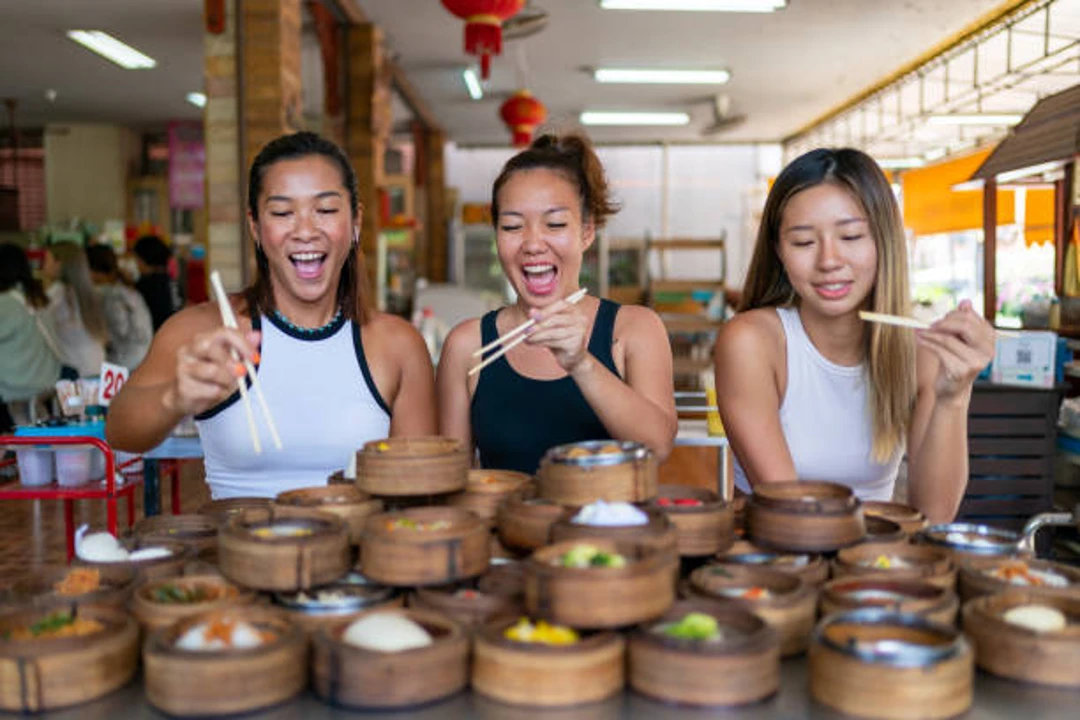
3. Tea comes first — literally
After you’re seated, the staff will probably ask for your preference of tea. The most popular options include pu’er, jasmine, chrysanthemum, and the oolong tieguanyin.
Always pour for others before yourself. If someone pours for you, lightly tap a couple of fingers on the table. This is how you say “thank you” in China.
4. Don’t expect huge portions
Dishes are small and designed to share so you’ll want to order a few items, let it arrive, eat, then repeat. If you’re even hungrier, add more!
5. Bring cash — just in case
Most places will take cards or mobile, though smaller, traditional local teahouses are cash only. It’s never a bad idea to carry some, especially if you’re venturing away from the touristic hub.
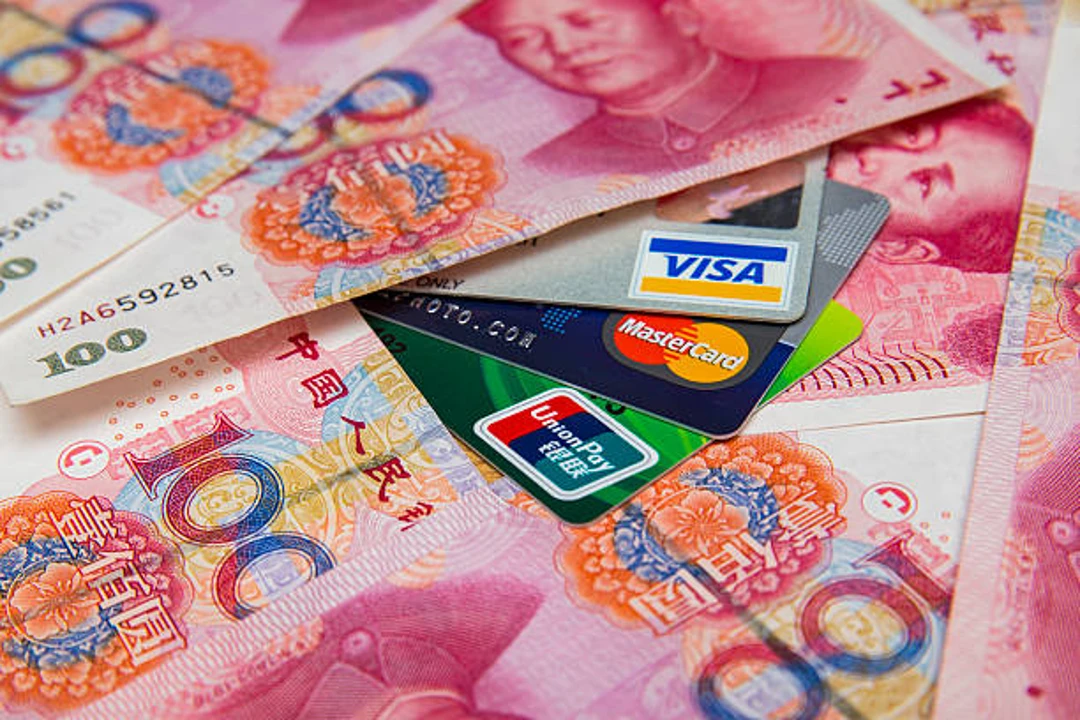
FAQ
1. What’s the difference between dim sum and yum cha?
Yum cha means to drink tea, and traditionally involves tea with dim sum. They’re so interconnected that the term “yum cha” actually represents the activity of eating dim sum in a group setting.
2. Does dim sum vary by region?
Absolutely! Dim sum in China can differ from place to place greatly as the local ingredients, preparation techniques, and flavors differ.
3. Can vegetarians enjoy dim sum?
Yes! Expect veggie dumplings, steamed vegetables, and desserts.
Conclusion
Dim sum is more than a meal. It’s an experience, an opportunity to embrace Chinese culture and tradition.
Whether that means heading out to a teahouse, stuffing yourself silly with dumplings, or getting a little hole-in-the-wall somewhere, dim sum is about taking the time to enjoy life and each other’s company.
With so many kinds of dim sum and everyone sharing, every meal is different. Next time you have the opportunity, indulge in this wonderful tapestry of flavors and make some memories!
